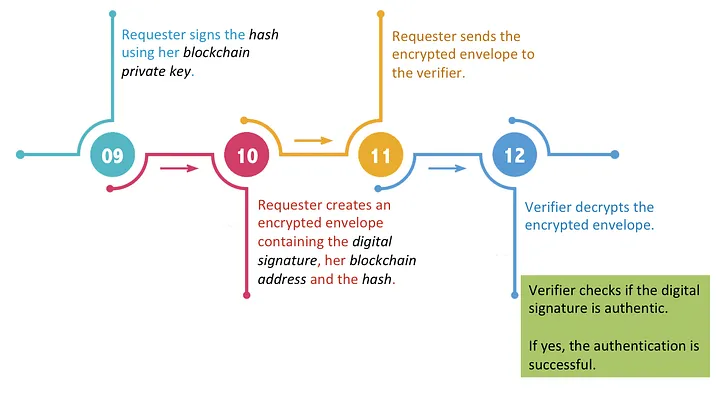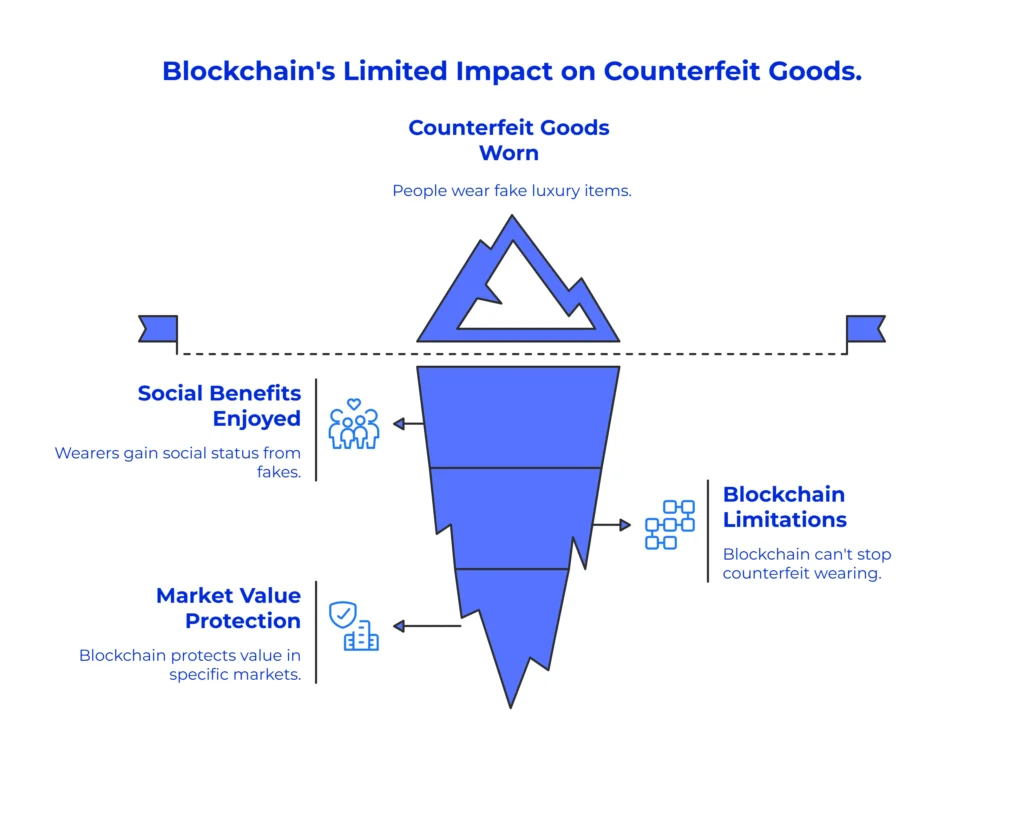Protecting the Value of Luxury in a Post-Authenticity Era
Imagine holding a meticulously crafted handbag, the supple leather whispering tales of Italian artistry, the gleaming hardware a testament to generations of expertise—now backed by blockchain verification. Still, a nagging doubt creeps in: Is it a genuine product or a counterfeit?
The fear of counterfeites looms big in the shadowy corners of the internet and busy marketplaces, undermining the exclusivity and status that luxury businesses so meticulously build.
The pervasiveness of counterfeit products poses a noteworthy challenge for the luxury sector. This issue affects not only the financial standing of brands but may also diminish consumer trust and devalue brand assets.
Conventional authentication methods, despite ongoing advancements, encounter limitations in effectively countering increasingly refined counterfeiting activities.
The Sophisticated Age of Counterfeiting
Today’s counterfeit goods aren’t sloppy knockoffs but nearly perfect clones. With access to similar materials, precise branding tools, and increasingly global operations, counterfeiters produce imitations that even trained experts struggle to differentiate.
This shift has moved luxury from a matter of craftsmanship to a battle of provenance. The consumer’s fear is no longer “Is it good quality?” but rather “Is it genuine?”
This erosion of trust is no small issue. For Veblen goods: designer handbags, luxury watches, fine jewellery, perceived authenticity drives value. Without it, the market becomes saturated with indistinguishable copies, turning prestige into parody.
Blockchain technology presents an alternative strategy for verifying the origin and genuineness of luxury items 1. Through the creation of unalterable digital records, blockchain can produce tamper-resistant digital certificates that serve as verifiable evidence of provenance and authenticity.
Digital Certificates of Authenticity
Enter blockchain technology, offering a new frontier of traceability. By issuing tamper-proof digital certificates—unique, encrypted records tied to a product’s origin, manufacturing journey, and sale—blockchain provides something tangible in the digital realm: a provenance you can’t fake 2.
- Decentralization ensures the data isn’t controlled by a single point of failure.
- Cryptographic security guarantees only authorized users can verify the data.
- Immutability makes it nearly impossible to alter product history after the fact.
In a nutshell, the process of blockchain-based authentication looks as follows:

Image Reference: https://medium.com/blockchain-blog/blockchain-based-authentication-of-devices-and-people-c7efcfcf0b32 “Blockchain-Based Authentication”
This creates a digital “passport” that proves the item is the real deal, not just in theory, but in its entire life cycle.
Why Blockchain Can’t Solve the Social Problem of Fakes

However, blockchain doesn’t fix everything. If a luxury bag looks real enough to fool 99% of people in public, the wearer still enjoys the same social benefits, even if the bag is fake. Blockchain cannot stop others from wearing counterfeit goods, and it certainly can’t make a genuine bag “stand out” on its own. You still need the social context—and often, a smartphone scan—to prove its legitimacy.
Blockchain protects the market value, not the street value 3. This is why its real impact is felt more in:
- The second-hand market
- Luxury resale platforms
- Auction houses
- Collectors’ circles
When it comes to luxury, verification reigns supreme, and blockchain now leads the way.
A Global Luxury Market at a Crossroads
As luxury brands turn to blockchain to uphold the authenticity and value of their goods, governments are stepping in to reinforce this protection through legislative action. France, arguably the epicenter of global luxury, has significantly intensified its war on counterfeits, especially in the lead-up to major global events like the Paris 2024 Olympics.
According to a 2024 Reuters report, French authorities seized over 63,000 counterfeit luxury items in a single raid, with total customs seizures surging from 11.5 million in 2022 to over 20 million in 2023. These efforts reflect a growing urgency to curb a counterfeit market that has become so refined that even experts struggle to tell fakes from the real thing. Individuals caught with counterfeit items in France now face serious legal consequences, including fines and potential jail time 4.
However, even the strongest laws and the most sophisticated technologies can’t stop fake luxury items from appearing on the streets. Blockchain’s true strength lies in preserving the resale, auction, and enduring legacy value of genuine Veblen goods. It creates a tamper-proof record of provenance that ensures trust and transparency in the secondary market, where these products hold lasting investment value.
But this leads us to a larger question: If authenticity is now digital and invisible, does it still serve the same social function? In Part Two, we explore how blockchain is not only reshaping luxury’s supply chain but redefining what it means to own prestige in a world where anyone can wear a convincing fake.
- fashionunited.com: https://fashionunited.com/news/fashion/luxury-brands-are-turning-to-blockchain-for-authenticity-and-insurance/2024021358384[↩]
- medium.com: https://medium.com/blockchain-blog/blockchain-based-authentication-of-devices-and-people-c7efcfcf0b32[↩]
- geeksforgeeks.com https://www.geeksforgeeks.org/ethical-hacking/what-is-blockchain-authentication/[↩]
- reuters.com: https://www.reuters.com/world/europe/deja-vu-olympics-push-france-ramps-up-war-fakes-2024-07-09/[↩]
